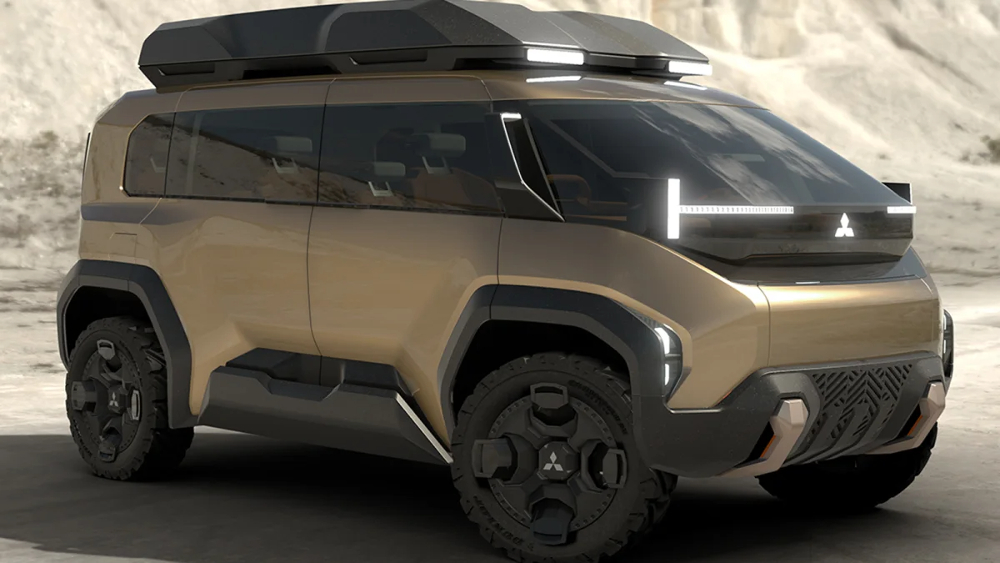Sign up for daily news updates from CleanTechnica on email. Or follow us on Google News!
I bought a 2007 Toyota Prius hybrid in the fall of 2006, believing I was a pioneer in the transition to more fuel efficient cars. I put almost 100,000 miles on that car in less than three years and overall it was a pretty good automobile. It was comfortable and efficient, although my real-world fuel economy was quite a bit less than advertised on the window sticker.
There were a few things about the Prius hybrid Synergy Drive I did not care for. First, the gas engine came to life virtually every time I stepped on the accelerator, meaning I almost never was able to drive solely on battery power. Second, I loathe constant velocity transmissions — CVTs as they are called. A variation of a snowmobile transmission, they allow the engine to rev nearly to red line and stay there while the car eventually catches up. I find this grating, irritating, and annoying.
I did have some fun with my Prius, though. I bought a pair of chrome exhaust extensions and mounted them under the rear bumper to simulate dual exhaust pipes. Then I got a chrome Turbo emblem and pasted it on the rear hatch. I got some very odd looks from other Prius owners, who were obviously wondering why their sales representatives didn’t tell them about the turbo and dual exhaust package. Doing stuff like that amuses me. Right now I am contemplating putting a “Yeah, It’s Got A Hemi” bumper sticker on my Tesla Model Y just for giggles, but my wife takes a dim view of that idea.
When it came time to part with the Prius, the EV revolution was just beginning and there were no electric cars that were suitable for the kind of driving I was doing. A few years later the Chevy Volt was an appealing option but priced higher than my budget would allow, so I made do with various conventional cars while the market continued to evolve. By 2018, I was doing less driving than before and bought my first electric car — a three-year-old Nissan LEAF. In the interim, Toyota introduced several variations of the Prius, but they all suffered from what to me was a deal breaker — that darn CVT.
Hybrid Or Electric?
I have been following the EV revolution and writing about it for almost a decade now. I always thought the transition to 100% battery power was a no-brainer for most people and that a hybrid was a rather namby pamby way of addressing the need to dramatically reduce the amount of pollution spewing forth from the tailpipes of automobiles. I took note that sales of the Prius were driving steadily down year after year and considered driving a hybrid pretty much a cop out. I was one of the people belaboring Toyota for slow-walking its own electric car plans and constantly banging the drum for hybrids.
Boy, was I wrong. All of a sudden, every company is pulling back on its electric car plans. A hybrid is the hottest car in the market right now as more and more drivers are seeing themselves as green car pioneers just as I did back in 2006. According to the US Energy Department, hybrid sales were 1,175,597 last year, which was a 53% increase compared to 2022. At the same time, sales of plug-in hybrids were up 46% over the same period last year.
So, what’s going on in the world of automobiles? It seems clear that there is a tremendous amount of fear of electric cars, a fear that has been cynically exploited by car companies, the fossil fuel industry, and dealer associations. All the clamor about the downside of electric cars seems to have made lots of people unwilling to take the plunge and drive an EV. Not so long ago, the knock on electric cars was that they are too expensive, and yet, with the advent of the federal point of sale rebate in the US, coupled with aggressive price cutting by Tesla and others, that is no longer true.
One factor is the lack of a robust and reliable charging network other than the Tesla Supercharger system. We thought opening the Tesla chargers to all electric cars would solve some of those concerns, until Elon Musk had one of his snits and fired most of the Supercharger team. That has created more anxiety, more doubt, and more fear. Thanks a lot, Elon. Great job giving potential EV buyers an excuse to hold off at a critical moment in time.
New Hybrid & PHEV Models

Honda offers a hybrid powertrain for its Accord and CR-V models. The news for 2025 is that a version of that powertrain will now be available for the Civic as well. Autoblog reports the system uses a 2.0 liter gasoline engine working in concert with two electric motors for a combined output of 200 horsepower and 232 pound-feet of torque. Fuel economy is said to be around 50 mpg in the EPA combined cycle, which is right about where my 2007 Prius was. The hybrid option will be available in both sedan and hatchback body styles, and Honda claims there will be no compromise in passenger or cargo space because of the hybrid system.
Mitsubishi already offers a plug-in hybrid version of the Outlander, but now as part of a new corporate campaign called Momentum 2030, it says new powertrains and new vehicles are headed to its US dealers. In particular, it hints that a ruggedized van-like version of its D:X Concept may be in the works, and will feature a plug-in hybrid powertrain. Readers will immediately notice the concept bears a more than passing resemblance to the vehicles said to be coming from Canoo.
The van would reportedly maintain its rugged credentials, making it perfect for the growing number of Americans who embrace off-road lifestyles like camping and overlanding. The three-row, six-passenger seating arrangement and true off-road tuning are likely to be included in the production version of the van.
The Takeaway
As I was preparing this story, I had the television on in the background and noticed a Ford commercial that touts its gasoline, hybrid, and battery electric offerings. The message? Whatever your driving needs, Ford’s got you covered. Some may be dismayed by the rise in hybrid sales, but it can’t be a bad thing for people to be driving a 50 mpg vehicle instead of a 25 mpg car. Twice the mileage translates into half the gasoline used, which is a benefit no matter how you look at it.
Many of today’s hybrid offerings are far superior to my 2007 Prius. They can actually drive a while on battery power alone, something my Prius could not do. In some ways, a hybrid may be a gateway to choosing a battery electric vehicle in the future. So, is the EV revolution over? Not quite. We prefer to think it is taking a moment to catch its breath and gather strength for its next leap forward. Take heart, EV enthusiasts, the best is yet to come.
Have a tip for CleanTechnica? Want to advertise? Want to suggest a guest for our CleanTech Talk podcast? Contact us here.
Latest CleanTechnica.TV Videos
[embedded content]
[embedded content]
Advertisement
CleanTechnica uses affiliate links. See our policy here.
- SEO Powered Content & PR Distribution. Get Amplified Today.
- PlatoData.Network Vertical Generative Ai. Empower Yourself. Access Here.
- PlatoAiStream. Web3 Intelligence. Knowledge Amplified. Access Here.
- PlatoESG. Carbon, CleanTech, Energy, Environment, Solar, Waste Management. Access Here.
- PlatoHealth. Biotech and Clinical Trials Intelligence. Access Here.
- Source: https://cleantechnica.com/2024/05/22/hybrid-mania-at-an-all-time-high/




